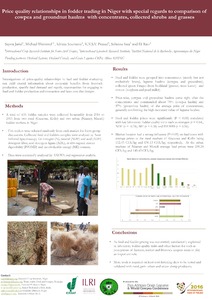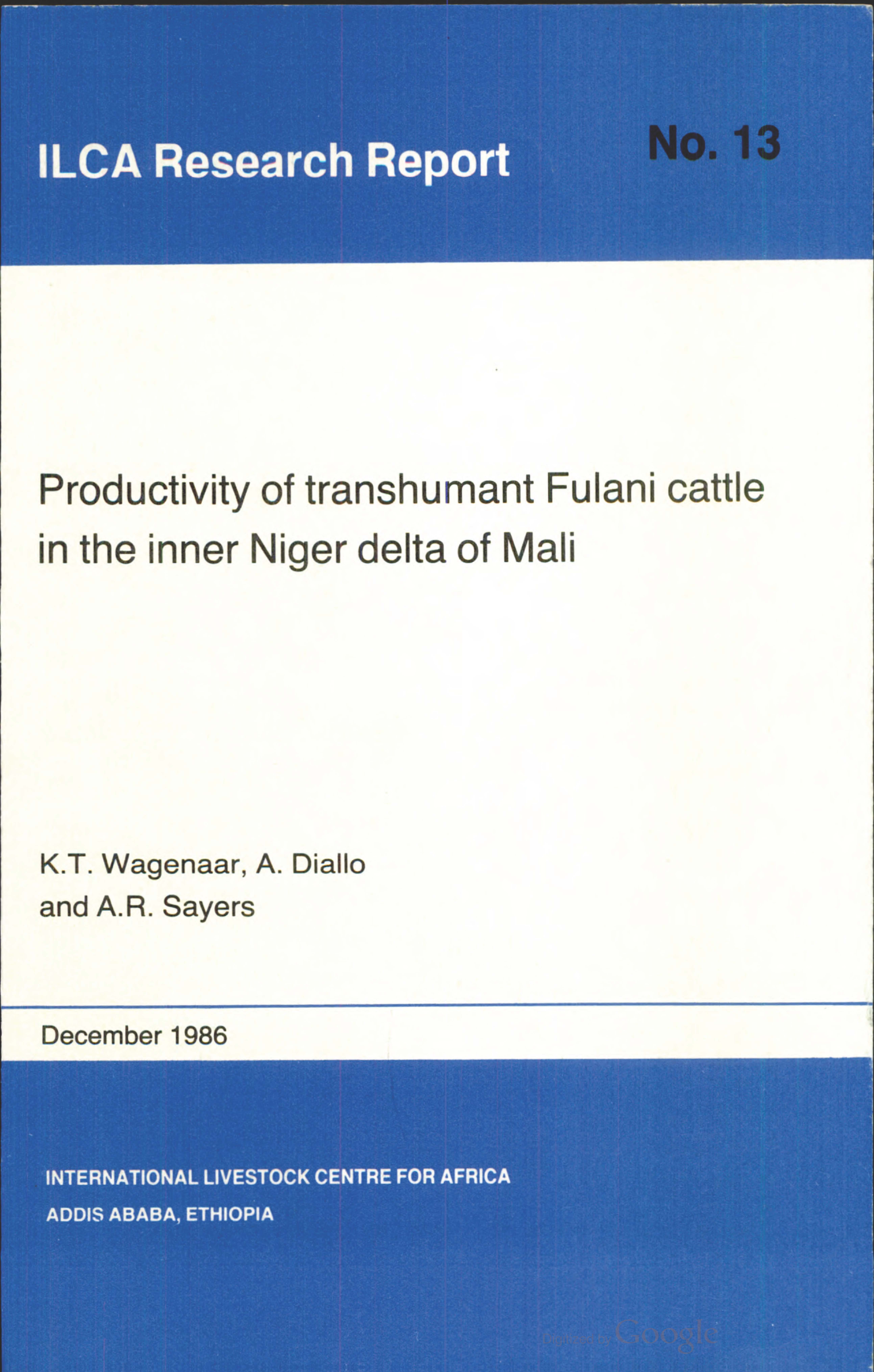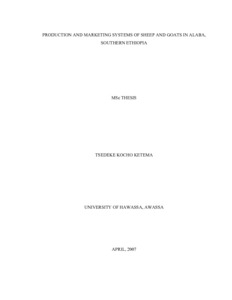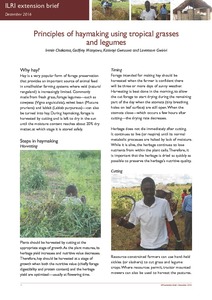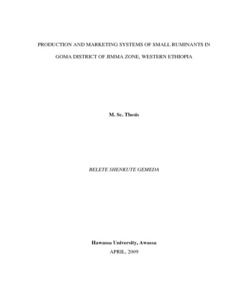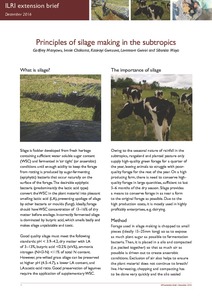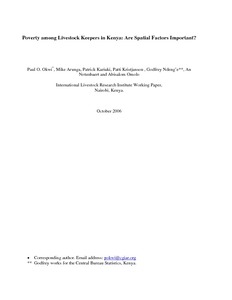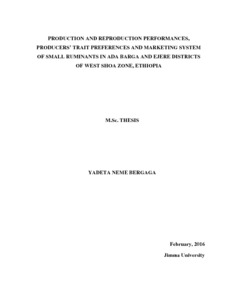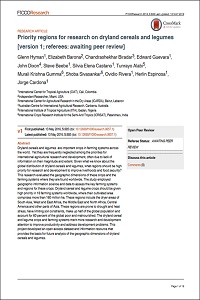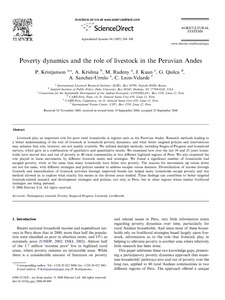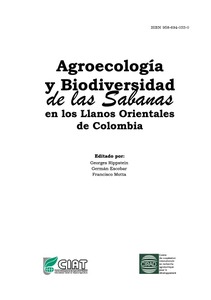terras de pastagem
AGROVOC URI:
Price quality relationships in fodder trading in Niger with special regards to comparison of cowpea and groundnut haulms with concentrates, collected shrubs and grasses
Productivity of transhumant Fulani cattle in the inner Niger Delta of Mali
Evaluates the productivity of transhumant Fulani cattle in the inner Niger delta of Mali. Summarises the results of the animal productivity study extending from December 1978 - March 1983, which indicated high calf mortality, low reproductive performance and moderate milk production. Identifies constraints limiting the productivity of Sudanese Fulani cattle and suggests interventions aimed at eliminating or ameliorating these constraints
Production and marketing systems of sheep and goats in Alaba, Southern Ethiopia
This study has undertaken to describe the sheep and goat production and marketing systems and identify constraints to and improvement options for smallholder farms of Alaba, southern Ethiopia. Results are based on survey of 150 sample households and rapid appraisal of major sheep and goat markets. Flock distribution and holdings in different parts of the woreda vary and thus the study sites were stratified into mixed sheep-goat flock, goat dominating and sheep dominating sites. Average family size of the study area was 6.7. Literacy of household heads accounts 30%.
Production and marketing systems of small ruminants in Goma District of Jimma Zone, Western Ethiopia
The study was conducted in Goma district of Jimma Zone of Ethiopia with objectives of generating baseline information and identifying challenges and opportunities of small ruminant production and marketing. Results are based on diagnostic survey of 160 sample households, group discussions, monitoring of 36 flocks and rapid appraisal of major sheep and goat markets. The study district was stratified into three groups based on flock distribution as: sheep dominating, goat dominating and mixed flock sites. The average land holding per household was 1.93 ha.
Poverty among livestock keepers in Kenya: Are spatial factors important?
Production and reproduction performances, producers’ trait preferences and marketing system of small ruminants in Ada Barga and Ejere Districts of west Shoa Zone, Ethiopia
Small Ruminants production, producer’s traits preferences and marketing system in agro- ecologies (AEZs) of Ada Barga and Ejere districts were under taken to characterize production system, reproduction performance, traits preferred for breeding as well as marketing and to document constraints of central highland sheep and goat in its environment. These two districts were selected based on potential for small ruminant production.
Priority regions for research on dryland cereals and legumes
Dryland cereals and legumes are important crops in farming systems across the world. Yet they are frequently neglected among the priorities for international agricultural research and development, often due to lack of information on their magnitude and extent. Given what we know about the global distribution of dryland cereals and legumes, what regions should be high priority for research and development to improve livelihoods and food security? This research evaluated the geographic dimensions of these crops and the farming systems where they are found worldwide.
Poverty dynamics and the role of livestock in the Peruvian Andes
Livestock play an important role for poor rural households in regions such as the Peruvian Andes. Research methods leading to a better understanding of the role of livestock in household poverty dynamics, and what better targeted policies and interventions may enhance that role, however, are not readily available. We utilized multiple methods, including Stages-of-Progress and household surveys, which gave us a combination of qualitative and quantitative results.


